If you click on a link and make a purchase we may receive a small commission. Read our editorial policy.
The Flash Family's One-Minute War makes a case for the anti-crossover event
The Flash's supporting cast makes One-Minute War an unmissable event, no crossovers needed.

Note: Spoiler for issues of The Flash #795 and earlier
The Flash and other assorted speedsters, with their time- and dimension-traveling powers, have found themselves roped into countless DC events from Crisis on Infinite Earths to Flashpoint to Dark Crisis. But 2023's One-Minute War Flash event stands apart from these cosmic, universe-changing stories, not only because it focuses almost exclusively on the Flash Family, but also because it proves that superhero events don't need to be world-traversing crossovers to tell important, character-defining stories.
One-Minute War takes place, with the exception of a single one-shot special, exclusively in the pages of the Flash; there are no other tie-ins, no special miniseries, and no confusing publishing timelines.
The events happen as they appear issue-by-issue, and the events themselves are relatively simple: Earth is being invaded by an alien empire called the Fraction, which artificially harnesses the Speed Force to freeze time on other worlds in order to steal resources for their own empire. The only people on Earth who realize this is happening are the Speed Force-connected speedsters, whose powers have all been kicked into overdrive just as the rest of the world has been frozen by the Fraction.
One-Minute War embraces minor characters over major plots
So, that's the external plot, and it's simple enough. More importantly, it gives a reason why only the Flash and his speedster allies—Wally West and his extended family, can be the ones to save the day. Even more importantly: it gives these speedsters—young and old, from practically every comic book age—a reason to reunite, talk to each other, and grow not just as superheroes, but as distinct characters.

And each character gets their due over the course of One-Minute War. This is branded as a Flash event, of course, and both Wally West and Barry Allen have their own character moments, separately and together. But the true success of this event is how much time it spends on the supporting cast, even before the invaders reach Earth.
Take the first issue of the event, The Flash #790. Like any good opening salvo, it introduces the Fraction and therefore the external plot. But the issue also establishes a number of internal and interpersonal conflicts—the most charming of which is between Impulse and Kid Flash, who butt heads over a human-trafficking bust before the Fraction breaches the atmosphere. These two become the comedic heart of the story as they trade barbs and compete over nothing, sibling-rivalry style.
What One-Minute War does so well is track its characters not only through action beats, but also through emotional beats as well, and the Kid Flash-and-Impulse odd couple is no exception. The Flash #790 introduces their rivalry, and we see it resolved in their own spotlight issue, The Flash #792, which shows Kid Flash accepting and even embracing Impulse's brand of chaos as a strength—something that can actually save the day.
While the issue certainly moves the plot forward, its real focus is the growth of these seemingly minor characters. This issue of The Flash doesn't actually want you to care about the Flash right now—it wants you to care about whether or not these sidekicks are getting along.
One-Minute War focuses on the personal journey
Despite the lovable chaos of Impulse and Kid Flash, and despite the noble sacrifices of both Wally and Barry, the true narrative heart of One-Minute War (and arguably the entire Flash run helmed by writer Jeremy Adams) is Irey West, Wally's young daughter.
In an event full of heartfelt character moments, few are as heartfelt as the conversation between Irey and fellow speedster Jesse Quick in The Flash #793, which lays the groundwork for a number of high points later on in the story, among them the rallying cry "Flash girls forever" and Jesse's embracing of her mother's Liberty Belle identity.

But the highest point of all is Irey's triumphant moment in The Flash #794, where she takes a full splash page and more to barrel into the action, declare herself a hero, and tell everyone to call her "Thunderheart." This moment, along with the new costume that Irey debuts in the following issue, is the culmination of Irey's desire to be a hero and her search for a name the suits her as an individual. It's important to note that this moment has nothing to do with the villain, does nothing to change the universe's status quo, or even to affect the character's relationship to other people. Irey's climactic moment in "One-Minute War" is emblematic of everything that makes this event special: it's all about her relationship to herself and what makes her unique as a character.
What can One-Minute War teach us about superhero events?
Without the cumbersome scaffolding of crossover tie-ins and event series, One-Minute War makes an important case for big superhero stories with small, character-oriented stakes. This story is billed as an event but has none of an event's usual trappings: instead, it takes its extra space and reader attention to hyper-focus on the emotional development of it supporting cast, from Impulse to Liberty Belle to the newly-dubbed Thunderheart.
Superhero event fatigue is real, and it's come for us all at one point or another. Between the promises for "big changes" and the convoluted crossovers, events can mean big bucks for the publishers and cheap thrills for fans like us. Multiversal storytelling and intergalactic, crossover-y warfare have been all-the-vogue: high concepts and sweeping statements.

So why does One-Minute War rule? It goes back to basics by focusing on the characters and not just the superheroes. It makes us care again—and not just about the state of the multiverse. There's no question that the Flash Family will defeat their enemies and save the day. What makes One-Minute War one of the best DC events in recent memory is how much these characters grow, change, and become more uniquely themselves along the way—with nary a Batman crossover in sight.
Dawn of DC: The big books, the big creators, and the big stories of DC's upcoming wave of comics
Follow Popverse for upcoming event coverage and news
Find out how we conduct our review by reading our review policy
Let Popverse be your tour guide through the wilderness of pop culture
Sign in and let us help you find your new favorite thing.


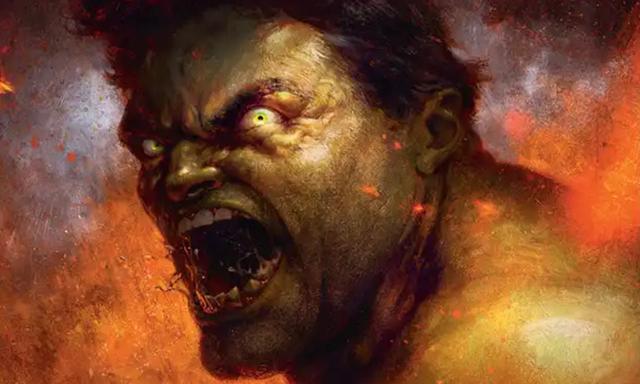

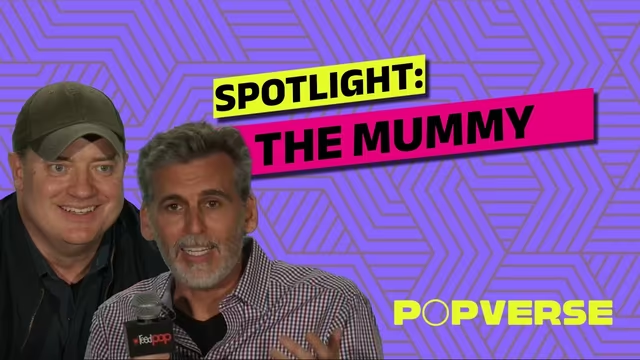

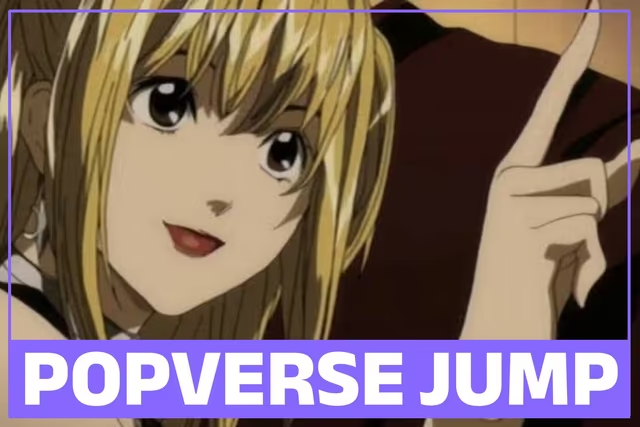
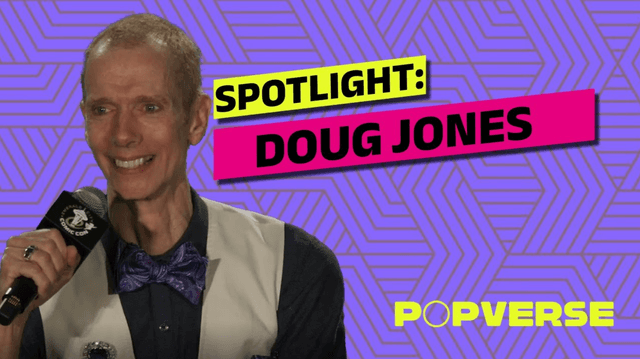
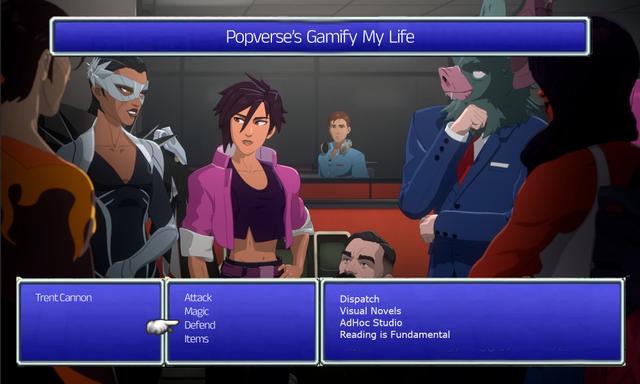
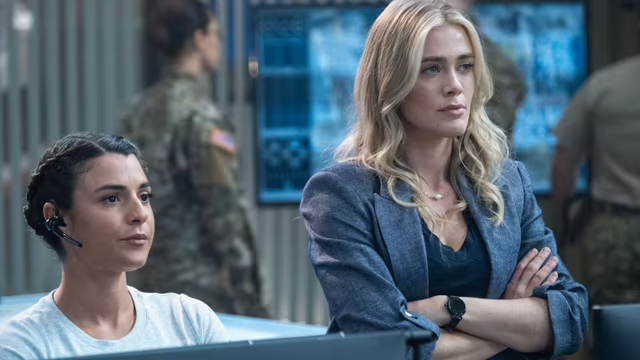






Comments
Want to join the discussion? Please activate your account first.
Visit Reedpop ID if you need to resend the confirmation email.